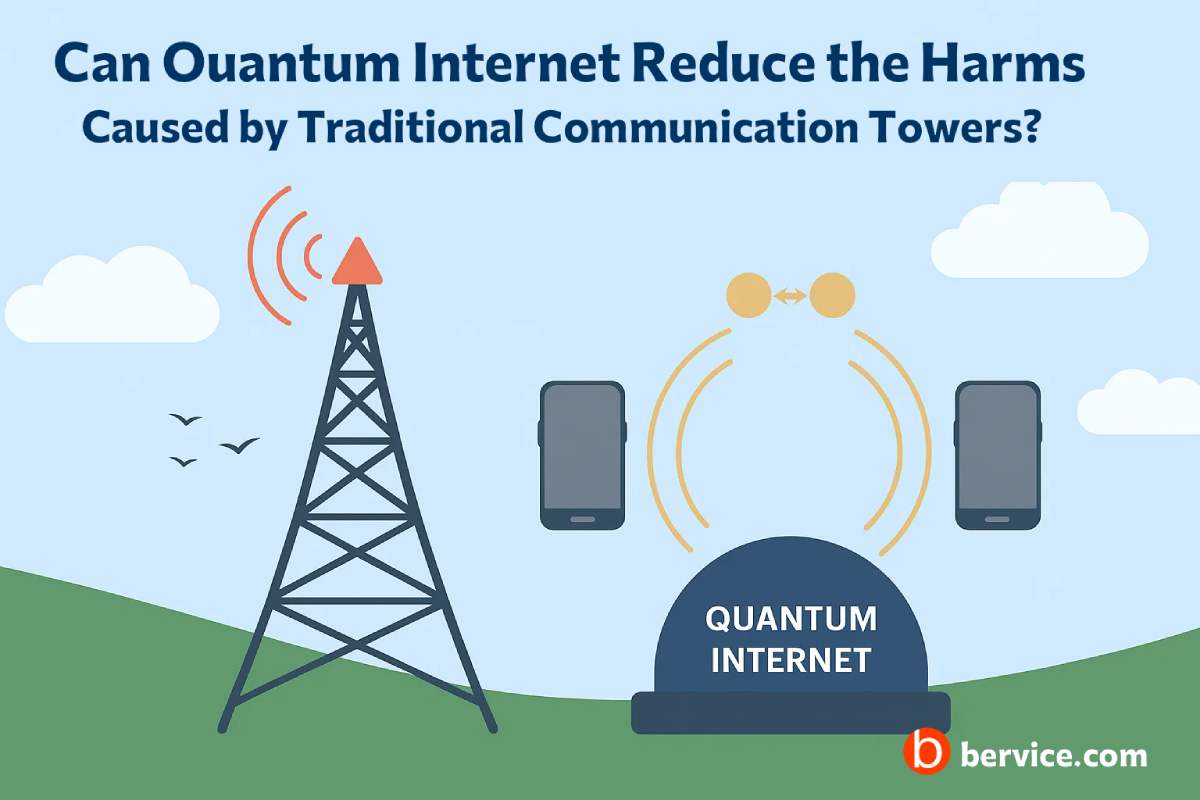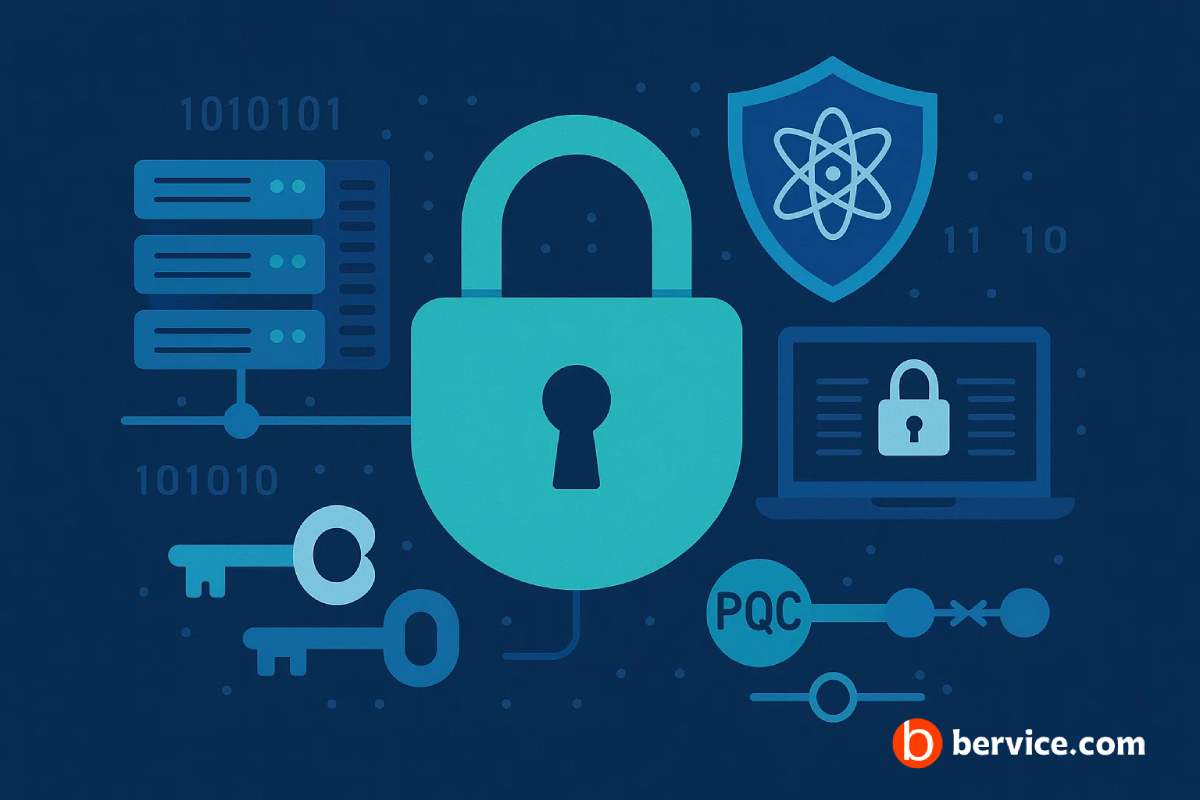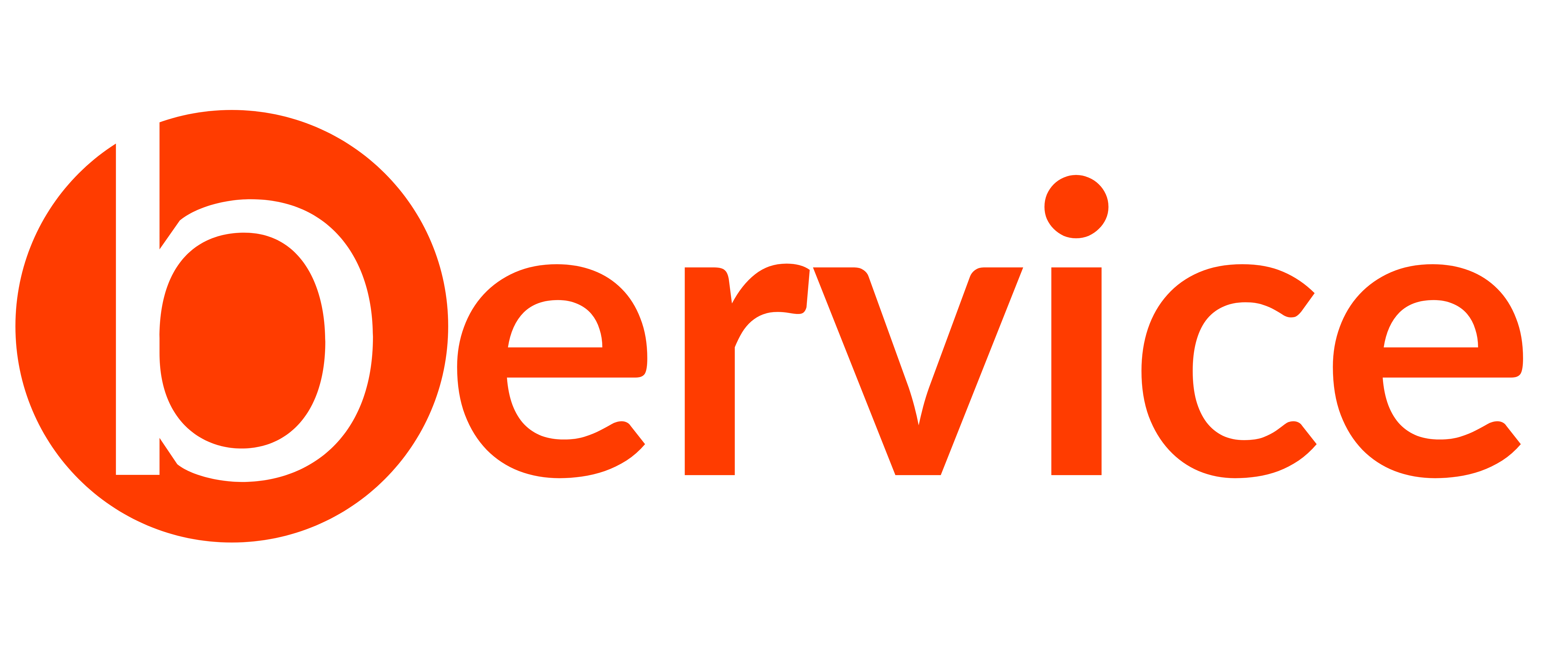
Introduction: The Challenges of Traditional Communication Towers
Traditional mobile communication networks rely heavily on large physical infrastructures such as cell towers. While these towers enable widespread connectivity, they also come with environmental, health, and urban-planning concerns. Issues range from aesthetic disruption of landscapes to potential electromagnetic radiation exposure, as well as the need for ongoing maintenance and energy consumption. As global demand for high-speed connectivity grows, these drawbacks become increasingly important in discussions about the future of networking.
What Is the Quantum Internet?
The quantum internet is an emerging technology that leverages quantum mechanics to transmit information using quantum states, such as photons, instead of classical radio waves. It can potentially provide ultra-secure communication through quantum key distribution (QKD) and faster data exchange via quantum entanglement. Unlike conventional networks, quantum internet infrastructure may rely more on fiber-optic cables, satellites, and smaller distributed nodes rather than massive broadcasting towers.
Reducing Physical Infrastructure Needs
One of the major advantages of a quantum internet is the potential to reduce the number and size of physical communication towers. Quantum communication systems can operate effectively over optical fiber or satellite links, meaning that connectivity could be maintained without dense clusters of high-power cell towers. By decreasing reliance on large towers, communities could see reduced visual pollution, less land occupation, and fewer ecological disruptions from construction and maintenance activities.
Lowering Electromagnetic Exposure
Traditional communication towers emit radiofrequency (RF) radiation to transmit data over long distances. Although most scientific evidence suggests these emissions are within safe limits, public concern persists. The quantum internet, by using photons in optical fibers or line-of-sight satellite communication, produces minimal to no RF radiation in populated areas. This could ease public concerns about electromagnetic exposure, especially in urban and suburban neighborhoods.
Energy Efficiency and Environmental Benefits
Large communication towers require constant power to operate and maintain signal strength over long distances. In contrast, quantum internet nodes—especially fiber-based ones—may consume less energy for transmission, reducing overall carbon footprint. While satellite-based quantum communication has its own energy demands, the long-term trend points to higher efficiency and less environmental strain compared to traditional mobile tower networks.
Challenges and Transition Period
Despite these benefits, replacing existing infrastructure entirely will take decades. The quantum internet is still in its early development stages, and large-scale deployment will require substantial investment, international standards, and technological breakthroughs to ensure stability and accessibility. In the short term, hybrid systems combining quantum communication with conventional networks will be the norm, meaning that some traditional towers will remain necessary until the technology fully matures.
Conclusion: A Cleaner and Safer Connectivity Future
Quantum internet technology holds promise in addressing several drawbacks of traditional communication towers, including their visual impact, electromagnetic emissions, and energy consumption. While it is not an immediate replacement, its gradual adoption could reshape how we connect—shifting from bulky, energy-intensive structures to sleeker, lower-impact, and more secure communication systems. If development continues at the current pace, we may see a future where the harms associated with traditional towers are greatly minimized.
Connect with us : https://linktr.ee/bervice




